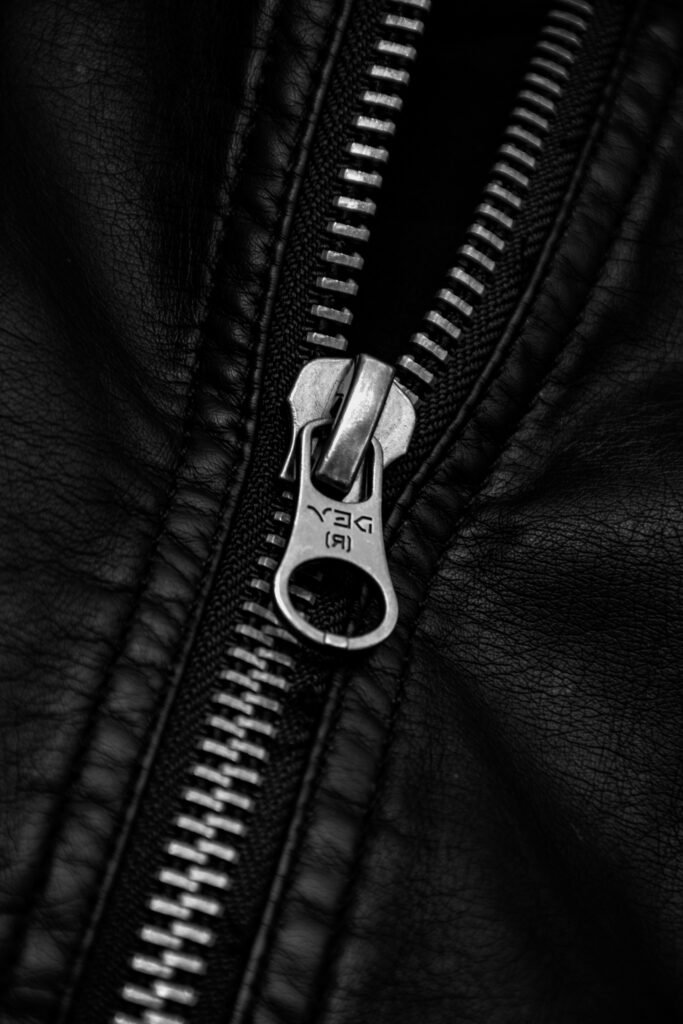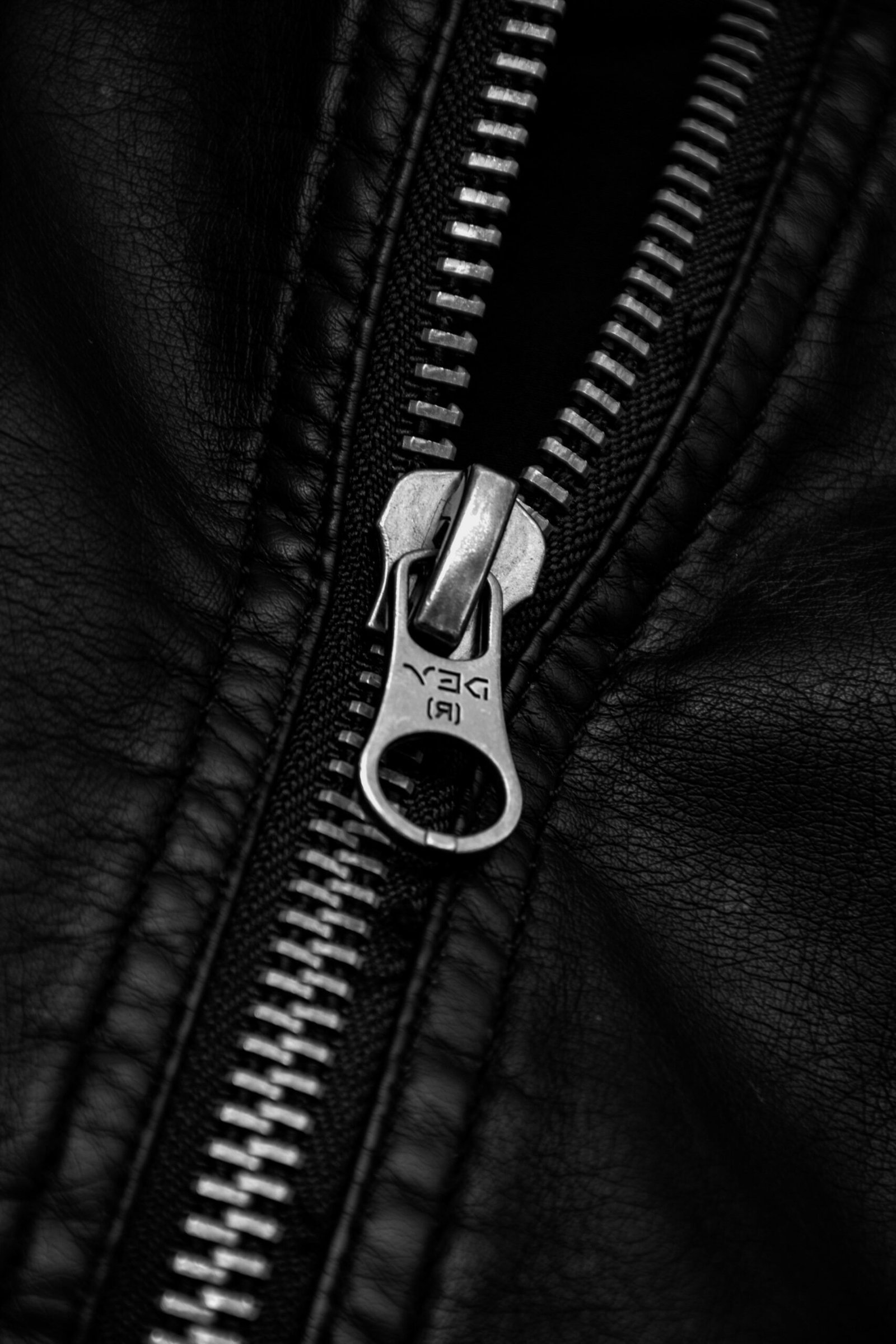In this comprehensive guide, you will discover everything you need to know about preserving the quality of your leather wallets. From simple maintenance tips to expert techniques, we will take you through the step-by-step process of ensuring that your beloved wallets stay in perfect condition for years to come. Whether you are a leather aficionado or just someone who values their accessories, this guide is your ultimate companion to keeping your leather wallets looking as good as new. So, dive in and let’s explore the secrets to preserving the timeless appeal of leather wallets together!

This image is property of images.pexels.com.
Cleaning Leather Wallets
Regular Cleaning
Regular cleaning is essential for maintaining the quality and longevity of your leather wallet. To clean your wallet, start by removing any loose dirt or debris with a soft brush or cloth. Then, dampen a clean cloth with warm water and mild soap and gently wipe the surface of the wallet. Be sure to avoid using excessive water, as this can damage the leather. Once you have cleaned the entire surface, use a dry cloth to remove any excess moisture.
Removing Stains
If your leather wallet has stubborn stains, it’s important to address them promptly to prevent further damage. Start by identifying the type of stain and select an appropriate cleaning method. For oil-based stains, such as ink or grease, apply a small amount of rubbing alcohol or nail polish remover to a cotton ball and gently dab the stained area. For water-based stains, such as coffee or wine, use a mixture of equal parts water and vinegar and apply it to the stain using a clean cloth. Remember to always test any cleaning solution on a small, inconspicuous area of the wallet before applying it to the stain.
Cleaning the Interior
Don’t forget to clean the interior of your leather wallet as well. Use a soft brush or cloth to remove any debris from the pockets and compartments. You can also use a small vacuum attachment to clean hard-to-reach areas. If there are any stains or odors on the interior, lightly dampen a cloth with a mixture of warm water and mild soap and gently wipe the affected areas. Be sure to dry the interior thoroughly before using or storing your wallet to prevent any moisture damage.
Conditioning Leather Wallets
Choosing the Right Conditioner
Conditioning your leather wallet is essential for keeping it soft, supple, and resistant to cracking. When choosing a conditioner, opt for a high-quality product specifically designed for leather. Look for conditioners that contain natural oils, such as lanolin or coconut oil, as these ingredients help nourish the leather and restore its natural shine. Avoid using products that contain silicone or petroleum-based oils, as these can create a greasy residue on the surface of the wallet.
Applying the Conditioner
Before applying the conditioner, make sure your leather wallet is clean and dry. Apply a small amount of conditioner onto a clean, lint-free cloth and gently rub it onto the surface of the wallet using circular motions. Pay extra attention to areas that may be prone to dryness, such as the edges and corners. Allow the conditioner to be absorbed into the leather for a few minutes, and then use a clean cloth to remove any excess conditioner.
Buffing and Drying
After conditioning your leather wallet, use a clean cloth to gently buff the surface, bringing out its natural luster. This step helps to evenly distribute the conditioner and remove any residue. Allow the wallet to air dry completely before using or storing it. Avoid exposing the wallet to direct heat sources, such as a hairdryer or radiator, as this can cause the leather to become stiff or warp.

This image is property of images.pexels.com.
Avoiding Moisture Damage
Using a Leather Protector
To protect your leather wallet from moisture damage, consider using a leather protector spray or cream. These products create a barrier on the surface of the leather, repelling water and preventing it from seeping in. Before applying the leather protector, make sure the wallet is clean and dry. Follow the instructions on the product for application, and be sure to apply it in a well-ventilated area. Allow the protector to dry completely before using or storing your wallet.
Keeping it Dry
While a leather protector provides an additional layer of defense, it’s important to avoid exposing your wallet to excessive moisture whenever possible. If your wallet does get wet, gently pat it dry with a clean cloth and allow it to air dry naturally. Avoid using a heat source to speed up the drying process, as this can cause the leather to crack or become stiff. If your wallet becomes soaked, stuffing it with crumpled paper can help maintain its shape while it dries.
Storing in a Cool and Dry Place
To further protect your leather wallet from moisture damage, store it in a cool and dry place. Avoid storing your wallet in areas that are prone to humidity, such as bathrooms or basements. Instead, opt for a clean and dry drawer or a dedicated pouch. If you live in a particularly humid climate, consider using a dehumidifier or moisture-absorbing products in the storage area to prevent any moisture-related issues.
Protecting from Sunlight
Using a Leather Protectant
Exposure to direct sunlight can cause the color of your leather wallet to fade over time. To protect it from harmful UV rays, consider using a leather protectant with UV inhibitors. These protectants not only help to preserve the color and integrity of the leather but also provide added moisture resistance. Before applying the protectant, ensure that your wallet is clean and dry. Follow the instructions on the product for application, and allow it to dry completely before using or storing your wallet.
Keeping Wallets Away from Direct Sunlight
In addition to using a leather protectant, it’s important to keep your leather wallet away from direct sunlight as much as possible. Prolonged exposure to sunlight can cause the leather to become brittle and prone to cracking. When not in use, store your wallet in a cool and dark place, such as a drawer or a dedicated storage pouch. If you need to carry your wallet with you on a sunny day, consider using a protective cover or keeping it in a bag or pocket to shield it from the sun’s rays.

This image is property of images.pexels.com.
Preventing Heat Damage
Avoiding Extreme Heat
High temperatures can cause leather to become dry and brittle, leading to cracks and damage. To prevent heat damage, avoid exposing your leather wallet to extreme heat sources, such as heaters, radiators, or direct heat from a hairdryer. When not in use, store your wallet in a cool and well-ventilated area. If your wallet does become overheated or exposed to extreme temperatures, allow it to cool down naturally before using or handling it.
Storing in a Cool Area
To further protect your leather wallet from heat damage, store it in a cool area. Choose a well-ventilated storage location, away from direct sunlight and heat sources. Avoid storing your wallet in tightly sealed plastic bags or containers, as this can create a humid environment that promotes mold or mildew growth. Instead, opt for a breathable storage pouch or wrap it in a soft, breathable fabric.
Handling with Care
Avoid Overstuffing
While it may be tempting to fill your wallet with numerous cards and cash, overstuffing can cause unnecessary strain on the leather and its stitching. Avoid overloading your wallet to maintain its shape and prevent any unnecessary stretching or tearing. Take the time to declutter and organize your wallet regularly, removing any items that are no longer needed.
Gentle Use and Handling
Leather is a durable material, but it still requires gentle handling to prevent damage. Avoid folding or bending your wallet in ways that may strain the leather or distort its shape. When using your wallet, try to handle it with clean hands to prevent the transfer of oils or dirt onto the leather surface. If your wallet does get dirty, clean it promptly using the methods outlined in the “Cleaning Leather Wallets” section to prevent stains from setting in.
Repairing Leather Wallets
Minor Repairs: Gluing and Patching
If your leather wallet experiences minor damage, such as a loose thread or a small tear, you can often fix it yourself with a few simple repairs. For loose threads, carefully trim them with a pair of sharp scissors, taking care not to cut any surrounding leather. To repair small tears, apply a small amount of leather glue to the edges of the tear and carefully press them together. Allow the glue to dry completely before using your wallet.
Professional Repairs: Sewing and Restoring
For more significant damage or if you’re unsure how to repair your leather wallet yourself, it’s best to seek professional help. A leather repair specialist can assess the damage and provide the necessary repairs, such as sewing torn seams or replacing damaged sections of leather. They can also restore your wallet’s color and finish, ensuring it looks as good as new. Before choosing a repair professional, ask for recommendations and ensure they have experience working with leather wallets.
Avoiding Harsh Chemicals
Choose Leather-Friendly Products
When cleaning or conditioning your leather wallet, it’s important to choose products that are specifically designed for use on leather. Harsh chemicals, such as bleach or ammonia, can damage the leather and cause discoloration or deterioration. Look for products that are labeled as safe for use on leather and follow the instructions carefully to avoid any potential damage.
Avoiding Alcohol-Based Cleaners
While alcohol-based cleaners may be effective at removing stains, they can also strip the natural oils from the leather, leaving it dry and prone to cracking. Avoid using alcohol-based cleaners on your leather wallet and opt for mild soap and water or leather-specific cleaning products instead. If you’re unsure about the suitability of a particular cleaner, test it on a small, inconspicuous area of your wallet to ensure it doesn’t cause any damage or discoloration.
Removing Odors
Using Baking Soda
If your leather wallet develops an unpleasant odor, baking soda can help absorb and neutralize the smells. Place your wallet in a sealed bag or a container with a small dish of baking soda, ensuring that the baking soda does not come into direct contact with the leather. Leave it for a few days to allow the baking soda to absorb the odor, then remove the wallet and brush off any residual baking soda.
Activated Charcoal for Absorbing Odors
Another effective method for removing odors from leather is to use activated charcoal. Similar to baking soda, activated charcoal has excellent odor-absorbing properties. Place a small pouch filled with activated charcoal near your leather wallet and leave it for a few days. The charcoal will help eliminate any unpleasant smells without causing any damage to the leather.
Styling and Refurbishing
Polishing the Hardware
Over time, the hardware on your leather wallet, such as zippers or buckles, may lose its shine or develop tarnish. To restore their luster, use a soft cloth and a specialized metal polish to gently polish the hardware. Take care not to get any polish on the leather, as it may cause discoloration. After polishing, use a clean cloth to remove any residue and buff the hardware to a shine.
Adding Leather Conditioner
To revive the appearance of your leather wallet and keep it looking fresh, apply a small amount of leather conditioner to the surface. Using a soft cloth, gently rub the conditioner onto the leather, taking care to evenly distribute it. Allow the conditioner to be absorbed for a few minutes, and then use a clean cloth to remove any excess. This process will help nourish the leather, restore its shine, and maintain its supple feel.
Replacing or Adding Accents
If you’re looking to give your leather wallet a new look or add a personal touch, consider replacing or adding accents. For example, you can replace worn-out stitching with a new color or add decorative studs or charms. Before making any modifications, ensure that they are compatible with the leather and consider seeking professional assistance if needed. With some creativity, you can give your leather wallet a unique and personalized style.
By following these comprehensive cleaning, conditioning, and maintenance tips, you can preserve the quality and longevity of your leather wallet. Remember to handle it with care, protect it from moisture and sunlight, and address any repairs promptly. With proper care, your leather wallet will continue to be a stylish and functional accessory for years to come.
